Who are the pioneers behind the big data revolution?

Data is becoming more and more of an integral part of our daily lives. We collect data, we share data, we send and receive data. Ten years ago, the main goal was to collect as much data as possible. Today, it’s all about the impact that it can have on our lives and our surroundings. We learn from it, help others with it, work more efficiently with it, and stay healthier for longer by using it properly. In the TopDutch region, data is a spearhead for change. Not only in the business world, but also in the knowledge and government institutions. Here, data is not only collected and analyzed, but it’s also where the real work is done.
Google in Eemshaven, IBM and Bytesnet in Groningen, ASTRON in Dwingeloo. Just a few of the companies in the TopDutch region that are constantly busy with data. Actually, the Northern Netherlands is dotted with multinational and SME companies who revolve around data. One will save data, another deploys data, and a third will transmit data. And it’s all happening in an area where the lines are relatively short, the networks are a fine-mesh and the cross-connections are strong.
The Northern Netherlands has, for a long time, been at the top of the Netherlands when it comes to digital business activities. That makes sense. The University of Groningen has renowned technical facilities, including supercomputers. This resulted in several start-ups that can transform this data. The relatively young population in the Northern Netherlands ensures a steady stream of talent. And because the government and educational institutions recognized the opportunities at an early stage, digital activity has developed here on a different level.
Data from the sky
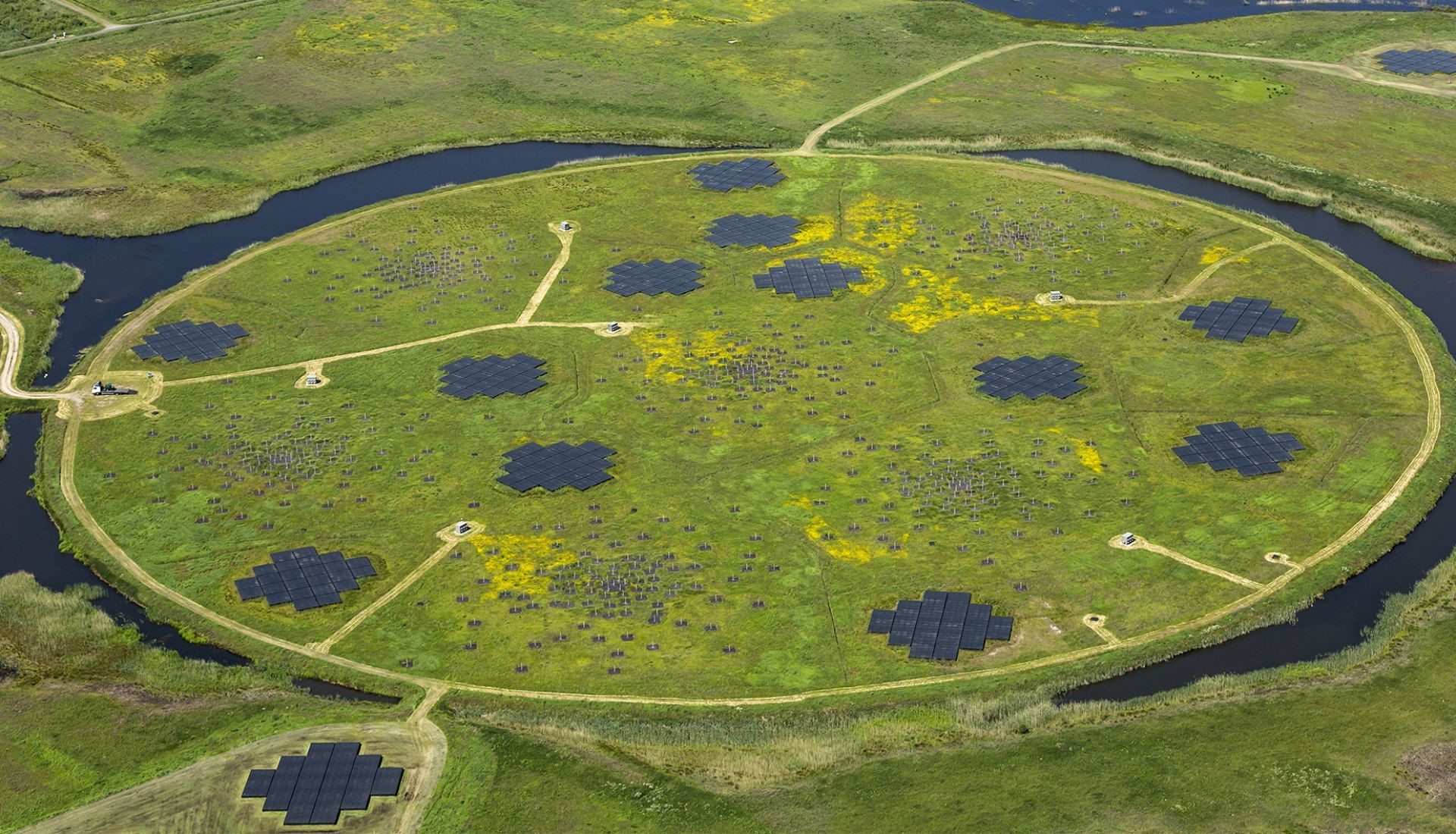
New pulsars. Signals originating from the early stages of the universe. New information about space particles hitting the earth. Just some examples of discoveries from ASTRON, the Netherlands Institute for Radio Astronomy. Their radio telescopes, located in Dwingeloo in the TopDutch region, have been searching the skies for the past 60 years, and are picking up a huge number of signals: 200 gigabits per second of data! And that’s only from LOFAR, the Low Frequency Array. LOFAR consists of a network of around 50 stations spread across Europe, each consisting of 50 to 100 antennas. Each one of these is searching the universe for radio signals.
These are, clearly, astronomical amounts of data. And for scientists they form the basis for new discoveries about the starry sky. So it’s essential that this data is properly stored and archived. ‘Although we do a lot of work to remove distorting signals from our data to reduce the data volume, each year we gain about 7 petabytes, or 7,000 terabytes’, says Hanno Holties, who has been responsible for data archiving at ASTRON for the past 10 years.
Dealing with this data has become an increasingly important part of ASTRON over the years. For its storage, the organization uses several data centers, in Poland, Germany and Amsterdam. Holties explains: ‘These data centers are for the data we store for the long-term. Only a small selection of the daily flow comes in. The information about the universe that will be of interest to scientists.’
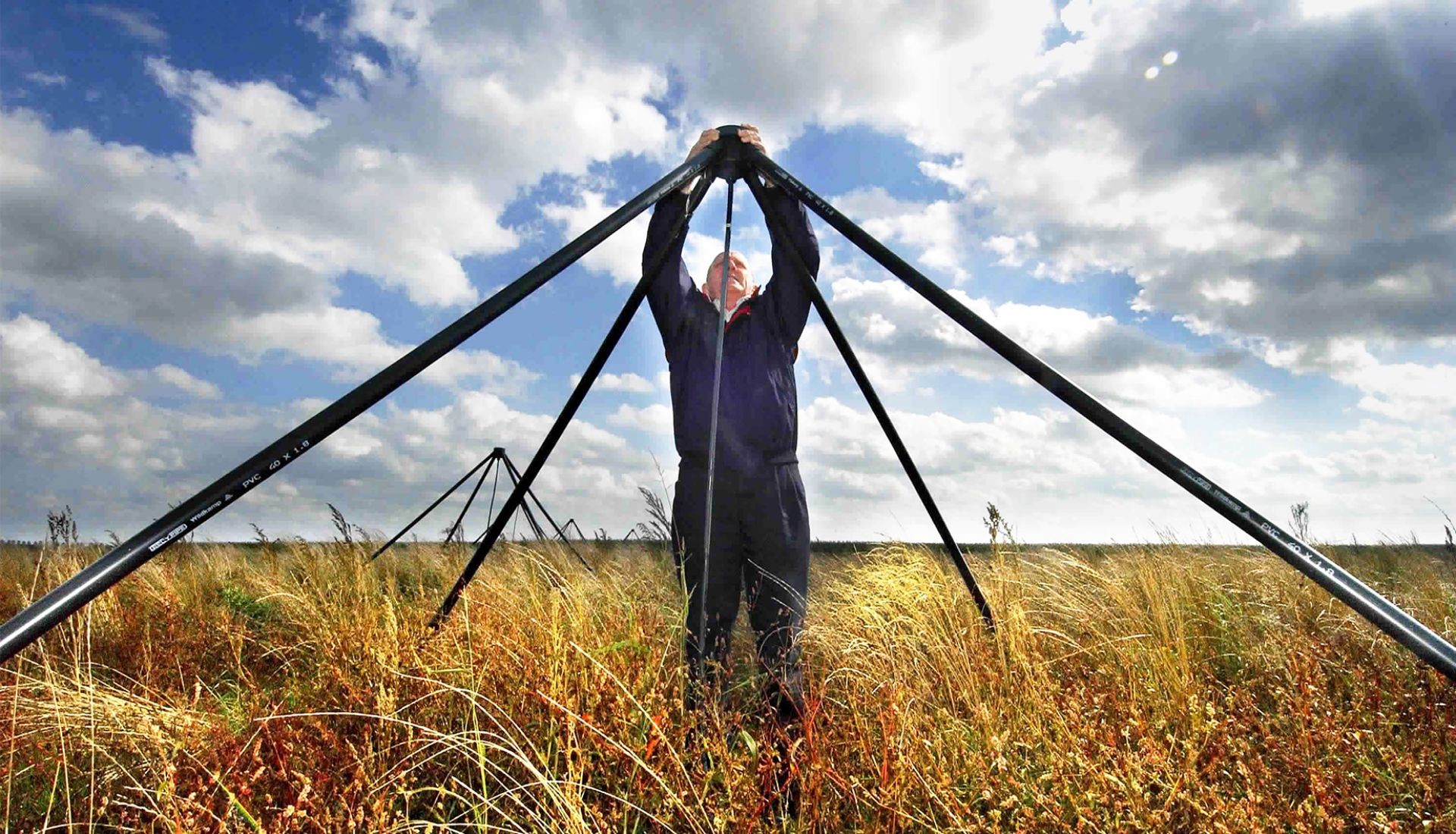
We not only have more data, but also more processed data.
Hanno Holties, data archiver at ASTRON
To sort the wheat from the chaff, Groningen comes into play. ‘We already do the first screening on the LOFAR stations themselves. The data then goes to the Computer Center from the University of Groningen at a maximum of 80 gigabits a second. There, we have the space to buffer the data for a week. It’s a continuous process to extract interesting data from real-time data. And then, eventually, 2 gigabits a second will be stored in the European data centers.’
This selection process is, for the most part, still human work. Specialists scan the data for the signals that are actually coming from the universe. However, machine learning is becoming increasingly important. ‘Not only to detect distortions, but also to check that our instruments are still all working properly. With so many antennas scattered over such a large area, sometimes things will go wrong,’ explains Holties.
If the data flow is already huge, in the future it’s predicted to be gigantic. New techniques make it possible to view images of objects in the sky from further and further distances, and in higher and higher resolution. ASTRON is quickly developing into a service provider that makes radio waves from space available to scientists and NGOs in the form of colorful images.
‘We not only have more data, but also more processed data. We’re offering more and more “maps”: Images from space that have already been edited by our astronomers and are ready to be used in further research’ continues Holties.
Meanwhile, work is underway on the realization of a whole new radio telescope in South Africa and Australia, named the Square Kilometer Array (SKA). Holties says: ‘That’s going to bring in a lot more data. We’re closely involved in the project as a development partner, especially because we have so much experience dealing with large amounts of data like this’.

Pioneers in Big Data
The Northern Netherlands has a reputation as a pioneer in Big Data technology. Perhaps the best example of this is Target Holding in Groningen, initiated 10 years ago by the University of Groningen and the University Medical Center Groningen (UMCG). Dr. Gert-Jan van Dijk founded the company: ‘Nobody had heard of the term Big Data back then, but we got to work on it. We saw that an incredible amount of data was being stored, for example in the University’s Computer Center and in various data centers such as Bytesnet and Astron. We knew we could do more with it to make new discoveries.’
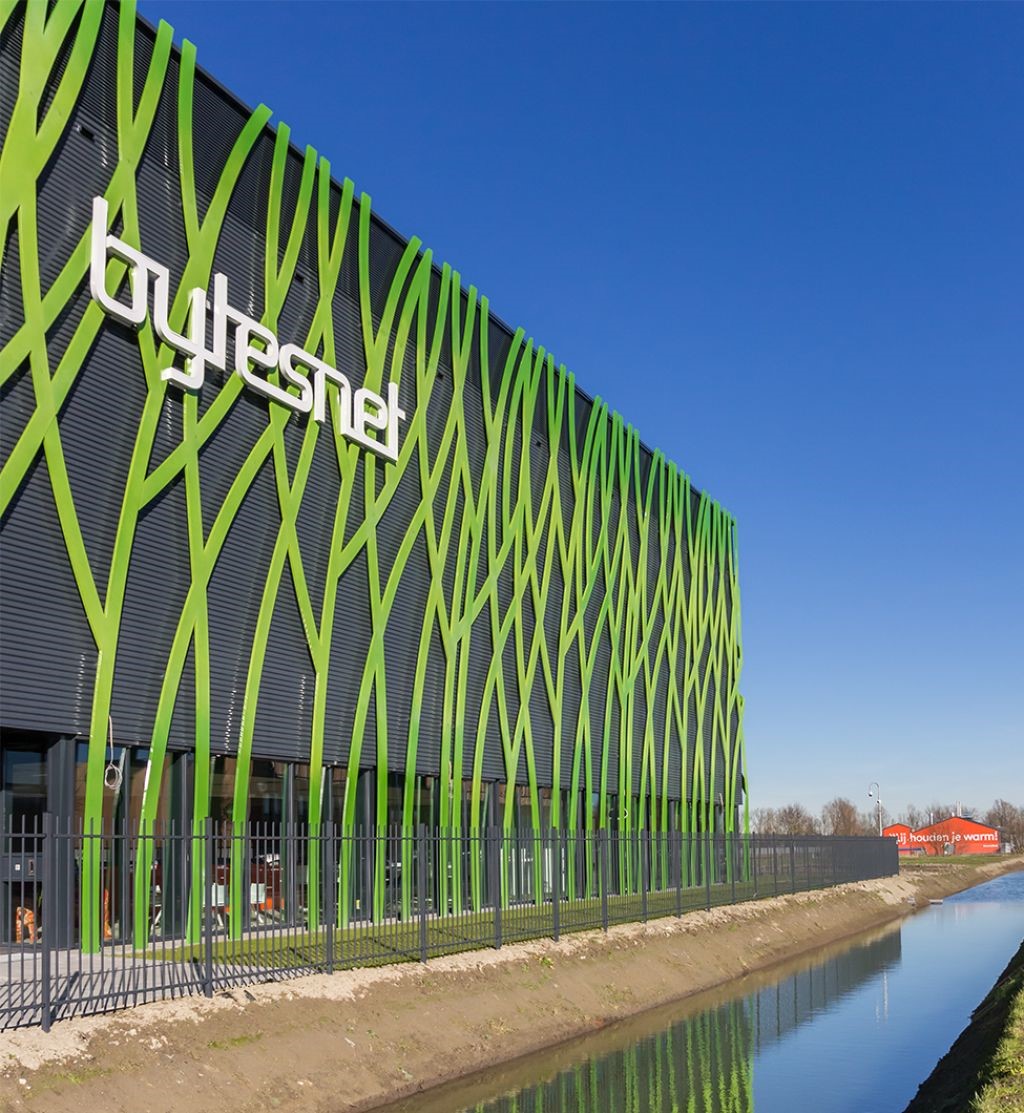
Input for smart meters, sensors to detect weak spots in dykes, platforms to find jobs, systems to search through academic articles, technology used in the music business to spot new artists. Over the years, Target Holdings has developed groundbreaking products based on Big Data, machine learning and artificial intelligence. Sixty people are now working there, from all across the world. ‘I think it’s one of Target’s great achievements’, says Van Dijk. ‘We were so at the forefront of these developments, that large companies were eager to come to Groningen to learn about them. And young people who wanted to develop their careers in such projects knew that they should come to Groningen to do it. They know here’s where complex problems are solved; where new things are developed.’
This is still the case, although Target Holdings has recently moved forward under the name Slimmer AI. Slimmer AI now focuses on building products for the financial world and scientific publishes that apply machine learning technology. Within the financial realm, Slimmer AI uses smart algorithms that make our financial institutions safer by detecting money launderers and combating financial crime. ‘We’re working on big, global problems and we have everything we need to help solve them,’ says the new CEO, South African-born JC Heyneke. Slimmer AI is also continuing to better their solutions to accelerate scientific discoveries, and make them more accessible. ‘We have built up years of experience in this field and, therefore, have become an important part of the operating process in one of the largest academic publishers in the world’.
Gert-Jan van Dijk is continuing his work for Target Holdings with a new enterprise: Thunderbyte. ‘We’re still making amazing new things: In the field of healthcare, amongst others. The personalization of data remains the basis. What should we focus on? The push towards personalized medical applications, but also scientific work in the field of genetics for example, the development of medicines as well’.
The sheer fact is that there’s a significant concentration of expertise in machine learning here.
JC Heyneke, CEO Slimmer AI
Slimmer AI represents the next chapter for Target Holding. An international company with clear roots in the Northern Netherlands, says JC Heyneke. ‘The sheer fact is that there’s a significant concentration of expertise in machine learning here. In recent years, we’ve been building-up skill in solving real life problems. Our goal is to make products that can make a real impact. To put it simply: There’s a lot of data available and we know exactly what to do with it.’
This is largely due to the pool of talent in the TopDutch region. Heather Devereaux is the Head of Marketing and Business Owner (Science) at Slimmer AI. The American was surprised by the amount of talent in the Northern Netherlands. ‘I’ve worked in very many places but the concentration and diversity here is very high. And the love our people have for the region is beautiful. They want to live and work here. They’re really proud of their city and their culture. That also makes them more likely to stay here than in other areas.’
CEO JC Heyneke thinks it makes perfect sense that his company should remain in the North. ‘Here is a tech hub in the truest sense of the word: There are lots of talented engineers, and a fantastic ecosystem for entrepreneurs. The networks are tight; not only between companies, but also with education and government. Our customers and investors know that, and are fully behind Slimmer AI’.
Superdata
Google in Eemshaven and Bytesnet in Groningen are the most well-known of a whole series of data centers in the TopDutch region. Google opened up one of its five centers in Europe in Eemshaven back in 2016. Since then, the mega-complex was then expanded twice more, investing billions of euros, and employing some 250 people. Why Eemshaven? For a few obvious reasons. First of all, the availability of land and its location by the sea is ideal. Another important factor is that in Eemshaven that the gigantic amounts of energy required can be, and is, supplied 100% by renewable energy; generated in the wind and solar parks in the vicinity. Eemshaven was Google’s first data center in the world that managed to achieve this.
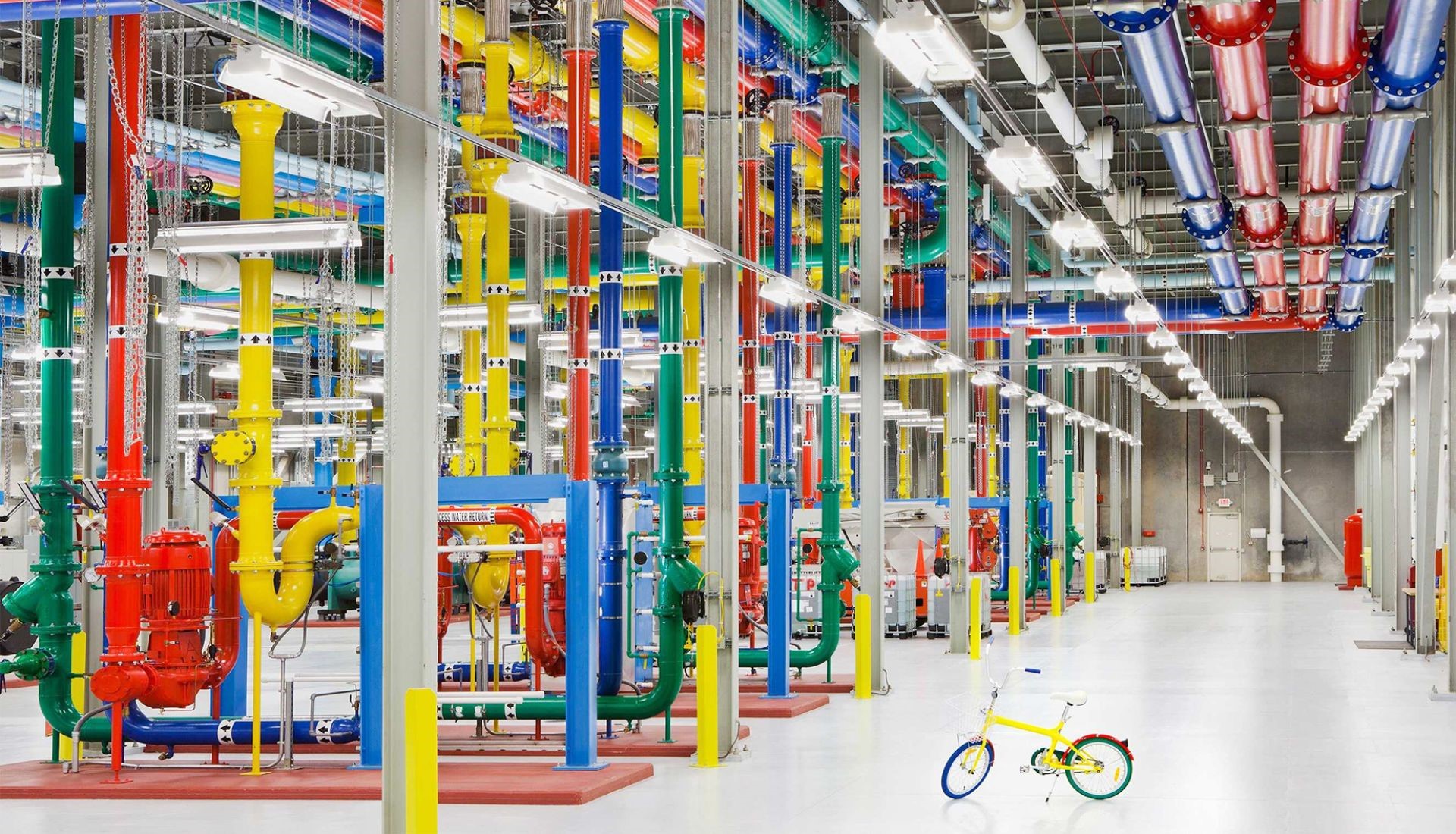
Bytesnet also does storage, but offers much more. The company in Groningen keeps a part of its modern premises for an innovation incubator. ‘In addition to co-building sustainable supercomputing power and data storage, we must also be thinking about innovative ideas and business models. That’s where the real added value lies for us,’ says their director, Peter de Jong.
They have innovation labs where their researchers work together with business and educational institutions in order to develop new services and improving existing technology. Within the region, but also internationally. The High-Performance Consortium (HPC), a collaboration between top international players like FTL systems, DDN systems and Asperitas, is one of them.
The ambitions are great. ‘By enabling the processing and storage of Big Data for multiple market players,’ says De Jong, ‘new discoveries can be made that will contribute to our daily lives. From major issues such as solving global diseases like cancer and dementia, to discoveries away in the universe, they all depend on large-scale data processing. Also, self-driving cars or machinery that use sensors for maintenance both depend on data. From now on, all these developments will be brought together by the HPC consortium in a sustainable and unique business model.’
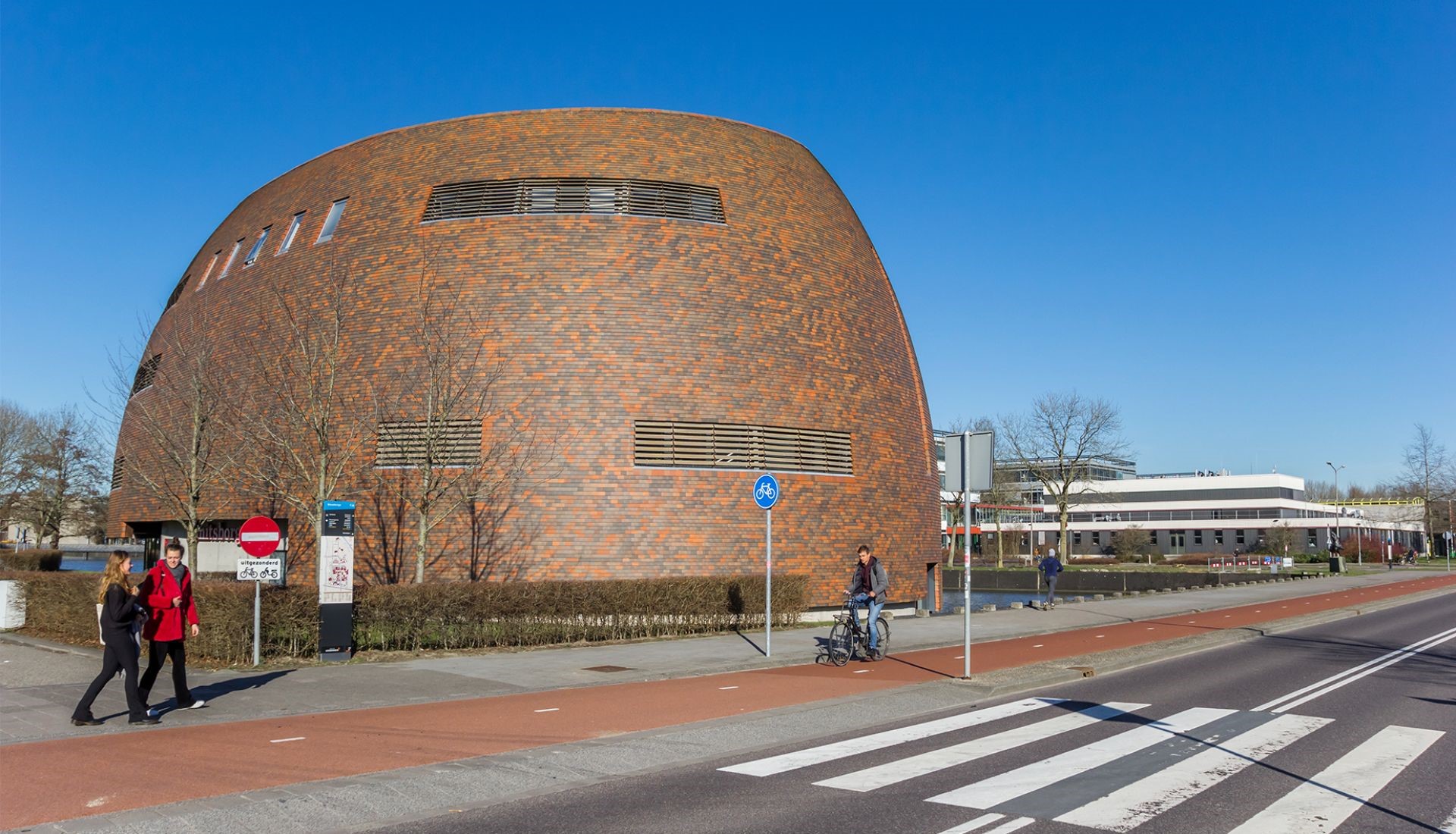
What’s special about the CIT is that we also serve social parties and the business community.
Haije Wind, Project Manager at the Center for Information Technology (CIT)
Another unique data center is located a short distance from Bytesnet, the Center for Information Technology (CIT), from the University of Groningen. CIT is an internationally renowned ICT institute with a series of supercomputers at its heart, that support groundbreaking scientific research. ‘What’s special about the CIT is that we also serve social parties and the business community’, says Project Manager Haije Wind. ‘New services with algorithms, or other Big Data-based technology can be tested on our supercomputers, for example’.
The CIT has existed for forty years. It was founded to support data-based scientific research in fields such as astronomy, biology, chemistry and medicine. ‘Due to our exceptional computing power, we’ve always been able to extract value from a lot of unstructured information. We see structures, discover patterns. In recent years, our services have shifted more and more towards data science: Statistical processing and machine learning. Our in-house data analysts work together with scientists and industry. This is how new insights and applications are created.’
Examples include applications in digital medicine, data processing of 5G applications, new technologies based on image recognition, and developments with numerous sensors such as predictive maintenance.
Entirely new data processor
All of these new developments, and the explosive growth of data that comes with them, are great and are helping the world move forward. But there’s a restriction to the way that technology is currently developing. Our earth says stop. ‘If we continue in this manner, data processing with this type of computer technology, it will take up 20% of our energy worldwide’, says Professor of Computer Science and Artificial Intelligence, Lambert Schomaker. ‘Data traffic is growing so rapidly that this point is fast approaching, especially as the 5G network gets rolled out.’
Clearly, to continue to develop and explore the fantastic possibilities of data, something has to be done. We need to think about new concepts that are radically different from the current computer architecture. And what are those concepts? That’s exactly what they’re thinking about at the Groningen Cognitive Systems and Materials Center (CogniGron). Professor of the Nanostructures of Functional Oxides, Beatriz Noheda is their director. ‘This is a mega-transition. It’s not just about hardware or software, but also about a completely different way of looking at things; striving for a sustainable and energy-efficient information and communication infrastructure’.

She makes the comparison to our brains, one of the most efficient computers there is. The connections between nerves aren’t static. They change, become stronger and weaker. Our biological system is able to create detours and distinguish between the more and less important stimuli. This is fundamentally different to how current computers work. Currently, transistors continuously repeat processes, per each bit doing a calculation that requires a large amount of communication. Schomaker questions: ‘Must we always do this with the maximum accuracy? Is it really necessary for a company logo to appear on your screen in the highest possible quality? If we can differentiate, we can save a lot of energy.’
The ‘Cognitive Computer’ - which CogniGron is working on with IBM and other players - doesn’t have the traditional (CMOS) transistor. By using new materials and a different type of software, the data in the computer will soon be transformed as it flows through a smart material; rather than being transported from processing point to processing point through a series of pulses. As a result, the memory and the processor are no longer necessary separate, which should lead to energy usage being around 10,000 times lower. Artificial Intelligence. Machine learning. Deep learning. These are the type of technologies that will profit from and lend themselves perfectly to be used on such a computer.
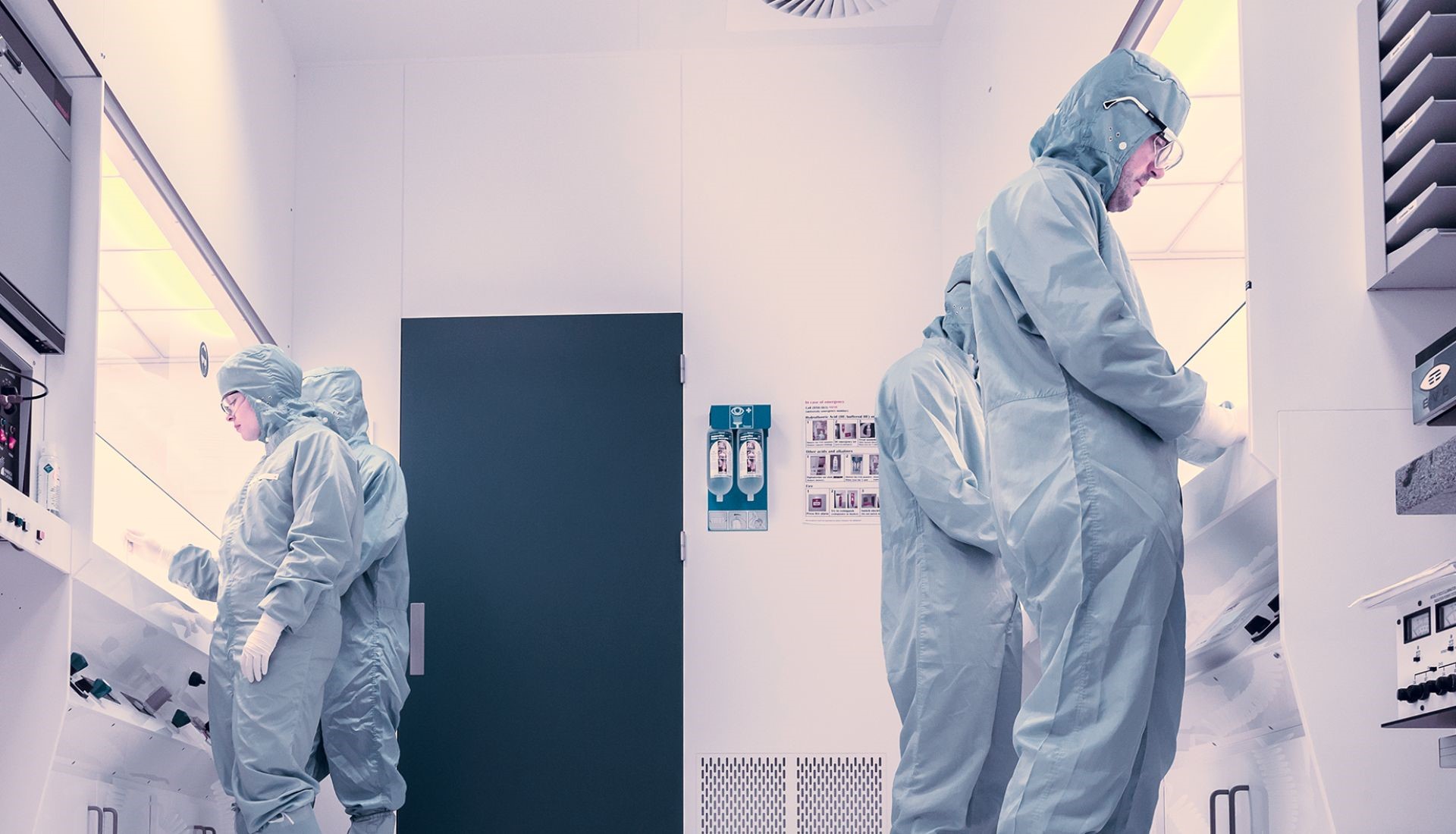
In about 10 years’ time we will have different types of computers. Systems with immense precision and speed will exist alongside the much more energy efficient cognitive computers.
Lambert Schomaker, Professor of Computer Science and Artificial Intelligence
CogniGron has only been around for two years, but the prospects are good, and confidence is high. 12 professors have just been recruited to guide the direction of research, and dozens more researchers will be working in the facility. And that’s important. ‘The urgency is enormous’, says Lambert Schomaker. ‘If we continue with our data consumption in the conventional way, it will soon really be too late.’
In about 10 years’ time, according to Professor Schomaker, we will have different types of computers. Systems with immense precision and speed will still be necessary for accurate calculations, but will exist alongside the much more energy efficient cognitive computers, which will be used for everyday tasks.
The pioneering work going on in the TopDutch region is attracting worldwide attention. Although the University of Groningen was the first in the world to begin development for the cognitive computer, it is now being experimented with in other places across the globe. Groningen is in close contact with these places. Beatriz Noheda says ‘This is a unique place because so many different disciplines are involved. It’s definitely not only Information Technology that has an input. Material science, mathematics, physics – we’re tackling this problem from all sorts of angles. We do the fundamental research so that industry can use it in the future.’
CONTACT
Join TopDutch
So what will be your next move? How will your company lead the digital transformation? Contact our network of knowledge-intensive institutions and innovative and entrepreneurial companies. You’ll soon see for yourself how quickly things get done here in the Northern Netherlands.
TopDutch Digital Innovation Package
Get your hands on:
- Unlimited access toTopDutch Digital Innovation articles
- The most exclusive investment updates, industry insights and key stories from our key industries
- Invites to exclusive international industry events and meet-ups
"*" indicates required fields
